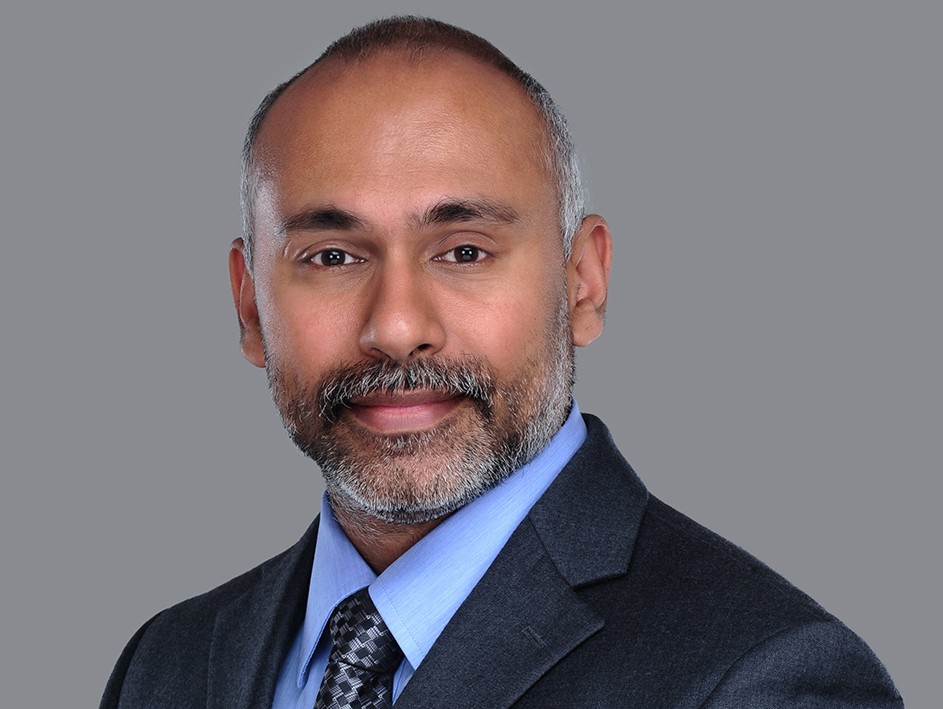
Posted on LinkedIn on September 22, 2014.
We seem to be in an era of constant changes with shorter cycles of stability.
Organizations are constantly changing to respond to market needs and competition – repositioning, differentiating, streamlining, reorganizing and restructuring. In effect, there is a much higher demand on individual efforts. As a result, individuals are moving through different jobs with increasing frequency, many times with different companies. To survive and thrive in today’s hyper competitive world, the bar is constantly pushed higher.
At a personal level, it therefore becomes critical to understand the key elements for quick and effective transition across jobs and organizations, and develop the ability to learn and unlearn in shorter cycles.
Self awareness is the fundamental building block of any development process. According to Korn/Ferry, many business leaders continue to wrestle with a lack of self- awareness, a problem that can stall or even derail their careers. Armed with self-awareness, leaders can see themselves without deception or distortion. Barriers to self-awareness take two forms. Hidden strengths are the skills leaders have, but underestimate. This can cause such individuals to expend needless energy “fixing” something that isn’t broken or under-using a critical leadership skill. Blind spots, the skills that leaders overestimate, are more problematic. These are weaknesses leaders can’t see in themselves, even though they are evident to everyone around them. Distorted or inflated self-perception is a widespread problem.
Peter Drucker wrote, “Knowledge becomes obsolete incredibly fast.”
If we look across, most jobs have the following core learning components that are critical for effective delivery.
* SUBJECT MATTER/BODY OF KNOWLEDGE, SKILLS
Every job involves specific and core subject matter areas. These could most effectively be acquired and applied through a combination of on-the-job experiences and learning programs. For leadership roles, it is important to recognize and plug the knowledge gaps in the team, especially when a leader does not have deep expertise in the related areas.
* PROCESSES
Every organisation has a set of processes for most functional areas. Most of the work nowadays is defined through process flows. Building a good understanding of the organisational process flows allow us to determine what we need to do and how it impacts stakeholders.
* TOOLS/TECHNOLOGY
All organisations and jobs have specific tools and technologies that support work. They generally tend to follow the processes. Having a good understanding of how they work and are applied could substantially increase overall efficiency of one’s functioning.
Sometimes, basic processes or tools create the most frustration in a new environment. I’ve seen new employees frustrated with reimbursement process, time sheets or sometimes even with the difficulty in connecting to a local printer.
* PERSONAL NETWORKS
This is one of the most important elements. It includes both internal and external networks of our personal connections that allow us to function with a high degree of awareness and effectiveness. In many instances, the personal networks are critical for avoiding organizational ‘landmines’, converting the perception of a new ‘threat’ to ally, achieving the extra mile of success and for managing crises. In most instances, people support beyond the specified requirements of a process when there is a strong connection. These connections are also critical links to tacit knowledge that’re often unavailable in formal knowledge management systems or databases. Treating individuals with respect and empathy normally will result in valuable help and inputs on the organizational culture, especially during the tough transition phase.
* EXPERIENCE, WISDOM
This could involve our combination of the above components and gained through the application of knowledge in a variety of situations, reflection, interactions with people at different levels, environments and learning/adjusting from successes and failures (what has worked/not worked?) over time. This is very important for managers and leaders as a lot of judgment is involved in making quick decisions on topics which may not have defined answers for the specific environment.
Korn/Ferry also found that personal flexibility is the core of one’s ability to grow and improve. People with this trait not only hear and respond to feedback but actively seek it. They also pick up on clues from other people or the situation and adapt their approach as needed. Studies have repeatedly shown that the ability to learn from experience is what differentiates successful executives from unsuccessful ones. They learn faster, not because they are more intelligent, but because they have more effective learning skills and strategies.
References:
1. Changing Jobs?, February 2010 http://www.tojoeapen.com/blog/2010/02/
2. The Korn/Ferry Insititute: Illuminating blind spots and hidden strengths by J. Evelyn Orr, Victoria V. Swisher, King Yii Tang, and Kenneth P. De Meuse http://www.kornferryinstitute.com/sites/all/files/documents/briefings-magazine-download/Illuminating%20blind%20spots%20and%20hidden%20strengths%20.pdf
3. The Korn/Ferry Insititute: Using Learning Agility to Identify High Potentials around the World by K. P. De Meuse, Guangrong Dai, George S. Hallenbeck, King Yii Tang http://www.successfactors.com/static/docs/LearningAgilityResearchWhitepaper.pdf





Recent Comments